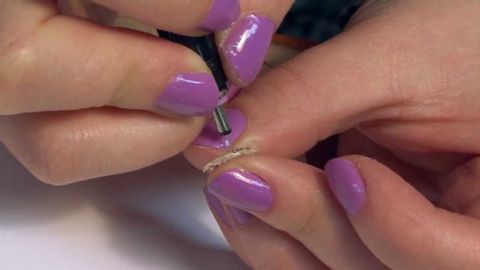芝加哥大冒險,第三部。小骷髏 (Chicago Adventure, Part Three: Little Skeletons)
Hhart Budha 發佈於 2021 年 01 月 14 日  沒有此條件下的單字
沒有此條件下的單字- adv.指向…點;至
- prep.附屬、連接的介係詞;比較的介係詞;指向;給予的介係詞;對…的反應;(用於動詞前;表示不定式);到…範圍;到;表達;放在動詞後的介係詞;去;然後;…和…;向;朝(某方向);(表示時間)直到...;聽的介係詞
- particle(不定詞)
- v.t./i.去;去做(運動);走;去;嘗試;開始
- n. (c.)(遊戲中的)一輪
US /ˈfɪltɚ/
・
UK /'fɪltə(r)/
- n. (c./u.)過濾器;(液體)過濾器;濾光鏡;過濾器;濾鏡
- v.t.過濾(聲音、光線);過濾(從液體中)過濾;過濾;用濾鏡處理
- v.i.過濾;緩慢通過;(車輛)穿梭

